Is Your Business Stuck in a Rut? Here’s What You Need to Do
Running a business is no easy feat. Entrepreneurs and business owners face a constant stream of decisions, challenges, and shifts in the market. Despite their best efforts, some businesses inevitably hit a point where they seem to be stuck in a rut. Growth stalls, sales plateau, and the business just doesn’t seem to be moving forward. If your business is in this situation, you’re not alone, and there are steps you can take to get things back on track.
In this article, we’ll dive into the reasons why businesses find themselves stuck in a rut and provide practical ways to break free and regain momentum.
Why Businesses Get Stuck in a Rut
Many business owners find themselves facing a sense of stagnation despite their best efforts. It can feel like you’re doing everything right, yet progress slows, and growth seems elusive. So, why do businesses get stuck in a rut?
Often, it’s a combination of internal and external factors that cause businesses to plateau. Understanding these obstacles can help identify the root causes and set the stage for a path forward. Here are some of the common reasons why this happens.
1. Lack of Innovation
One of the most common reasons businesses fall into a rut is stagnation in innovation. Over time, your product or service might become outdated, or your offerings might no longer meet the needs of the market. Businesses that aren’t continuously innovating risk losing their competitive edge.
2. Poor Cash Flow Management
Cash flow is the lifeblood of any business. When cash flow issues arise, businesses may struggle to pay bills, invest in new opportunities, or hire the right people. Poor cash flow management can create a cycle where a business is just scraping by, with no room for growth or innovation.
3. Ineffective Marketing
Marketing strategies that once brought in customers may no longer be effective due to changing consumer preferences or digital landscape shifts. Businesses that don’t adapt their marketing efforts to new trends or platforms can see a drop in visibility and engagement.
4. Lack of Customer Focus
As businesses grow, it’s easy to lose sight of the customer. When businesses start to focus too much on internal processes or the competition, they may forget the importance of understanding and meeting the evolving needs of their customers.
5. Internal Inefficiencies
Business inefficiencies—whether in processes, technology, or staffing—can drain resources and prevent growth. These inefficiencies often go unnoticed until they start affecting overall productivity and performance. A lack of proper systems can keep your business from reaching its full potential.
6. Complacency
After achieving a certain level of success, many business owners become complacent. They stop striving for improvement, thinking that what worked in the past will continue to work indefinitely. This mindset can lead to stagnation, as businesses fail to adapt to changing market conditions.
How to Escape the Rut and Grow Your Business
The good news is that getting your business out of a rut is possible. Here are actionable strategies to help you break free and move your business forward.
1. Revitalize Your Product or Service Offering
To break free from a business rut, you may need to revisit your product or service offerings. Evaluate what’s working, what’s not, and where there’s room for improvement. Ask yourself:
- Are your products or services still meeting customer needs?
- Can you innovate or add new features that would give you a competitive advantage?
- Are there gaps in the market that your business could fill?
Consider conducting market research or customer surveys to gain feedback on what improvements or new offerings would be most beneficial. Keeping your product lineup fresh and aligned with market demand will help reignite interest in your business.
2. Improve Your Cash Flow Management
Cash flow problems are often at the root of business stagnation. If your cash flow is limiting your ability to invest or grow, it’s time to take a closer look at your finances. Review your budget, cut unnecessary expenses, and consider ways to increase revenue or reduce debt.
You may also want to implement better accounting systems or hire a financial professional to get a clearer picture of where your money is going. Additionally, consider offering promotions or discounts to encourage more sales in the short term, or investigate new sources of financing, such as loans or investors.
3. Update Your Marketing Strategy
If your marketing strategy is outdated, it could be time for a revamp. Digital marketing trends are constantly evolving, and what worked for your business a year ago may no longer be effective today. Some areas to focus on include:
- Social media presence: Are you engaging with your customers on the right platforms? Reassess your social media strategy to ensure you’re where your target audience is.
- Content marketing: Consider creating valuable content, like blogs, videos, or infographics, that educate and engage your audience.
- SEO: Optimize your website and content for search engines to increase organic traffic.
- Email campaigns: Develop personalized email campaigns that cater to your customers’ interests and pain points.
By adapting your marketing strategy to current trends and focusing on building stronger connections with your audience, you can regain visibility and attract new customers.
4. Recommit to Customer Focus
When your business gets bogged down in daily operations, it’s easy to forget the importance of the customer. Recommitting to customer-centric practices can breathe new life into your business.
Start by gathering customer feedback through surveys or direct conversations. Understand their challenges, preferences, and evolving needs. This insight will help you adjust your offerings to provide more value. Consider implementing loyalty programs or offering personalized experiences to foster stronger customer relationships.
Additionally, re-evaluate your customer service practices. Providing exceptional service can turn one-time buyers into loyal advocates who bring in new business through word-of-mouth.
5. Optimize Internal Processes
Inefficiencies within your business can make progress feel like a constant uphill battle. Streamlining your internal processes and improving productivity can free up time and resources to focus on growth.
- Automation: Implement automation tools to handle repetitive tasks like scheduling, invoicing, or inventory management. This will free up valuable time and reduce the chances of human error.
- Outsource non-core functions: If possible, outsource functions like accounting, IT support, or HR to focus on areas where your expertise is most needed.
- Employee training: Invest in employee development to ensure your team is working efficiently and effectively.
Eliminating bottlenecks and improving overall productivity will help you focus on what truly matters for business growth.
6. Set New Goals and Reassess Your Vision
Sometimes, businesses get stuck in a rut because they no longer have a clear direction. If you feel like your business has lost its sense of purpose, it might be time to revisit your vision and set new, specific goals.
Ask yourself:
- Where do I want my business to be in the next 1, 3, or 5 years?
- What obstacles do I need to overcome to achieve this vision?
- What immediate actions can I take to make progress?
Setting clear, achievable goals will give your business a renewed sense of direction and purpose. Make sure to break these goals down into actionable steps and regularly evaluate your progress.
7. Embrace Change and Adaptability
In today’s rapidly changing market, the ability to adapt is crucial. Businesses that resist change are the ones most likely to get stuck in a rut. Stay open to new ideas, technologies, and business models. Embrace change as an opportunity to evolve and improve.
For instance, if your industry is experiencing technological disruptions, consider investing in new tools or software that can improve efficiency. Alternatively, if consumer preferences are shifting, pivot your offerings to align with current trends.
8. Seek Outside Expertise
Sometimes, getting out of a rut requires an external perspective. Business consultants, mentors, or advisors can provide valuable insights and help identify blind spots. These experts can offer a fresh viewpoint on everything from financial strategies to operational efficiency, and they may suggest ideas that you haven’t considered before.
If you’re unsure where to start, networking events or business incubators can be excellent places to connect with experienced professionals who can offer guidance.
Get Started Today With CapForge’s Bookkeeping & Tax Services
Take control of your business finances with CapForge. Our expert team makes managing your payroll simple so you can focus on what really matters—growing your business.
Partner with us today and discover the peace of mind that comes from knowing your financials are in good hands.
Send an email to info@capforge.com or contact us at 1-858-633-3573 to get started. Additionally, you can fill out the form below and we’ll be happy to attend to your needs!








